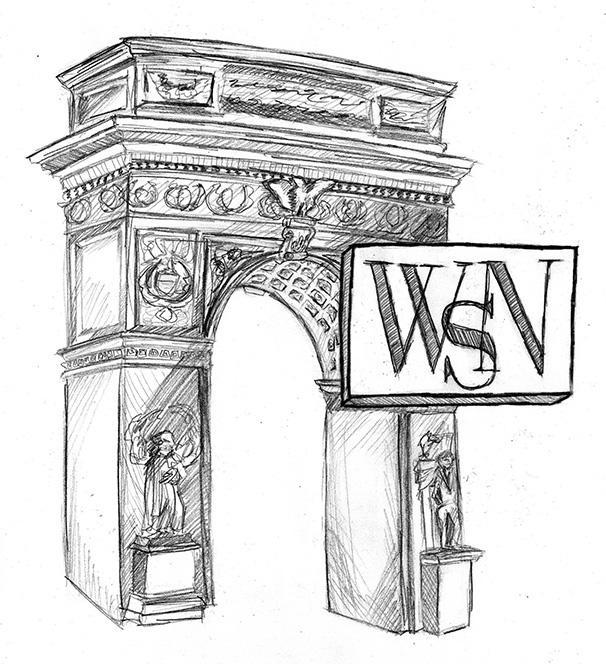On Saturday, April 11, New York City Mayor Bill de Blasio closed public schools for the remainder of the academic year due to concerns over the spread of the coronavirus as well as the trauma children are experiencing during the pandemic. Soon after, New York State Governor Andrew Cuomo overturned that decision, claiming that the state — not the city — has authority over the closure of public schools during this crisis.
As a result, parents, students and teachers have been confused as to what the actual policy is, as the state and the city are unable to provide a unified answer on the issue. Natasha Capers, Director of the Coalition for Educational Justice, said the rift between the governments only increases stress for those directly affected and will have “disastrous consequences” for communities.
This isn’t the first time the two governments have contradicted each other during this pandemic. On March 17 — around the beginning of the crisis in the state — Mayor de Blasio told New Yorkers to prepare for the possibility of a shelter-in-place order. Soon after, Gov. Cuomo dismissed the idea, saying that type of city-restricted policy wouldn’t work, then going on to say it would probably fail state-wide. Just three days after, Cuomo reversed his opinion, enacting an executive order modeled after shelter-in-place that cancelled non-essential gatherings and closed non-essential businesses.
At an unprecedented time, Cuomo and de Blasio seem to be focused on public quarreling rather than centered on providing unified plans on these issues during an uncertain future for New Yorkers.
Even before the pandemic, the relationship between Cuomo and de Blasio was known to be a strained one. In 2015, the governor disguised himself as a source familiar with de Blasio and said the mayor was incompetent. The mayor struck back in a press conference, saying the governor was hyper-political and vindictive. In that same year, the two executives conducted separate investigations on the Bronx legionnaires outbreak — resulting in two separate press conferences conducted at the same time. This behavior between Cuomo and de Blasio isn’t new at all. Rather, it’s part of a recent history that continues today.
In the past, this rift has usually only been a minor inconvenience to the management of the city. But now, in the middle of one of the worst crises the city has ever seen, this division adds to the confusion of New Yorkers’ understanding of the situation and exposes mismanagement and a lack of basic communication between both governments.
It’s important to note that this tension is rooted in a conflict of jurisdiction between Cuomo and de Blasio, and in a much broader sense, the executive positions of Governor of New York and Mayor of New York City. Both the New York State Constitution and the New York Court of Appeals case Adler v. Deegan give the state Legislature the ability to act in local affairs. Adler v. Deegan gives the condition of “substantial state interest” — a fairly open-ended status that has led to issues in Albany over policies like congestion pricing and plastic bag bans. The city’s restricted legal position in comparison to the state has led to the inevitable clash between Cuomo and de Blasio.
However, the mayor has pushed back against state control, especially in regards to the recent controversy over New York City public schools. In a recent interview, de Blasio stood firm against Cuomo’s response, saying his decision to close is “crystal clear.” Also, the mayoral spokeswoman tweeted that the governor’s statement was reminiscent of the belated decision on shelter-in-place, and that the current situation was similar to the one made before. Clearly, the conflict between the two executives has only become worse with the current situation, and the policy contradictions have exposed this constant battle for authority.
This isn’t to say that this ever-present conflict has completely stalled both the city and state governments’ coronavirus policies. In fact, Mayor de Blasio announced on Sunday that the city will start opening testing centers in certain neighborhoods in response to data that shows the coronavirus mortality rates of Black and Latino individuals are double that of white individuals. Gov. Cuomo acted quickly earlier this month, mobilizing the National Guard to redistribute unused ventilators and supplies in the state to areas that needed them.
Still, it is clear that the conflict has added to unneeded confusion among New Yorkers and has only hindered effective communication to the public. Resolving this conflict while recognizing the legal restrictions that have caused this tension, as well as establishing unified leadership between the state and the city, should be the paramount goal for both Governor Cuomo and Mayor de Blasio, especially when so much is on the line.
A version of this article appeared in the Monday, April 13, 2020 e-print edition. Email the Editorial Board at [email protected].























































































































































